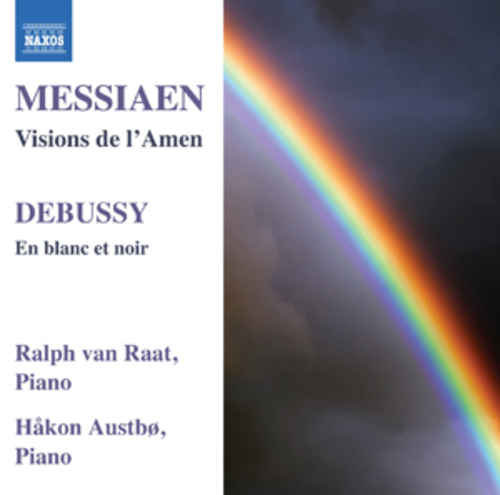
Once one of his mistresses, Gabrielle (“Gaby”) Dupont, threatened suicide. Several other women, some with a doubtful reputation, were also associated with him in his early years.Īt this time Debussy lived a life of extreme indulgence. Most composers who were granted this state scholarship, however, found life in this magnificent Renaissance palace irksome and longed to return to simpler and more familiar surroundings.ĭebussy himself eventually fled from the Villa Medici after two years and returned to Blanche Vasnier in Paris. The title refers to a folk song that was the conventional accompaniment of scenes of the lovesick Pierrot in the French pantomime, and indeed the many Pierrot-like associations in Debussy’s later music, notably in the orchestral work Images (1912) and the Sonata for Cello and Piano (1915 originally titled Pierrot fâché avec la lune ), show his connections with the circus spirit that also appeared in works by other composers, notably the ballet Petrushka (1911) by Igor Stravinsky and Pierrot Lunaire by Arnold Schoenberg.Īs a holder of the Grand Prix de Rome, Debussy was given a three-year stay at the Villa Medici in Rome, where, under what were supposed to be ideal conditions, he was to pursue his creative work.

This early style is well illustrated in one of Debussy’s best-known compositions, Clair de lune. It is clear that he was torn by influences from many directions these stormy years, however, contributed to the sensitivity of his early style. In Paris during this time he fell in love with a singer, Blanche Vasnier, the beautiful young wife of an architect she inspired many of his early works. He traveled with her to her palatial residences throughout Europe during the long summer vacations at the Conservatory.

While living with his parents in a poverty-stricken suburb of Paris, he unexpectedly came under the patronage of a Russian millionairess, Nadezhda Filaretovna von Meck, who engaged him to play duets with her and her children. He was almost overwhelmed by situations of great extremes, both material and emotional. He was encouraged by Madame Mauté de Fleurville, who was associated with the Polish composer Frédéric Chopin, and in 1873 he entered the Paris Conservatory, where he studied the piano and composition, eventually winning 1884 the Grand Prix de Rome with his cantata L’Enfant prodigue.ĭebussy’s youth was spent in circumstances of great turbulence. His major works include Clair de lune, Prélude à l’après-midi d’un faune, the opera Pelléas et Mélisande, and La Mer.ĭebussy showed a gift as a pianist by the age of nine.

He developed a highly original system of harmony and musical structure that expressed in many respects the ideals to which the Impressionist and Symbolist painters and writers of his time aspired.
#Debussy blanc et noir program notes full#
Vitamin B5 – pantothenic acid – rich foodsĬlaude Debussy, in full Achille-Claude Debussy, (born Augdied March 25, 1918), was a French composer whose works were a seminal force in the music of the 20th century.Garnisons Kirkegård – Garrison’s Cemetery.Assistens Kirkegård – Assistens Cemetery.Skydebanehaven – The Shooting Range Garden.Langelinie – Long Line – The Little Mermaid.Frederiksberg Have – Frederiksberg Park.



 0 kommentar(er)
0 kommentar(er)
